

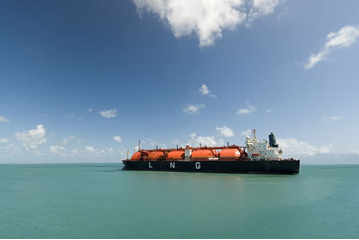
The LNG industry has shown resilience, rapidly recovering from the pandemic-driven disruptions. The demand for the LNG is growing steadily, with the expansion into emerging markets strongly contributing to the growth. Many projects for a variety of LNG facilities and resource production are in development stage across the globe, expected to commence operations in the near future.

1. North Field Expansion Project – Qatar.
The world’s largest upcoming LNG project. The infrastructure expansion of 32 million tpy will increase the current production from 77 million tpy to 110 million tpy by 2025, and make Qatar the largest LNG exporter in the world. Utilising a variety of emission-mitigating measures – including usage of renewable power and a large carbon capture and storage facility – the North Field Expansion Project is well-positioned to jumpstart Qatar’s eventual transition into green energy.
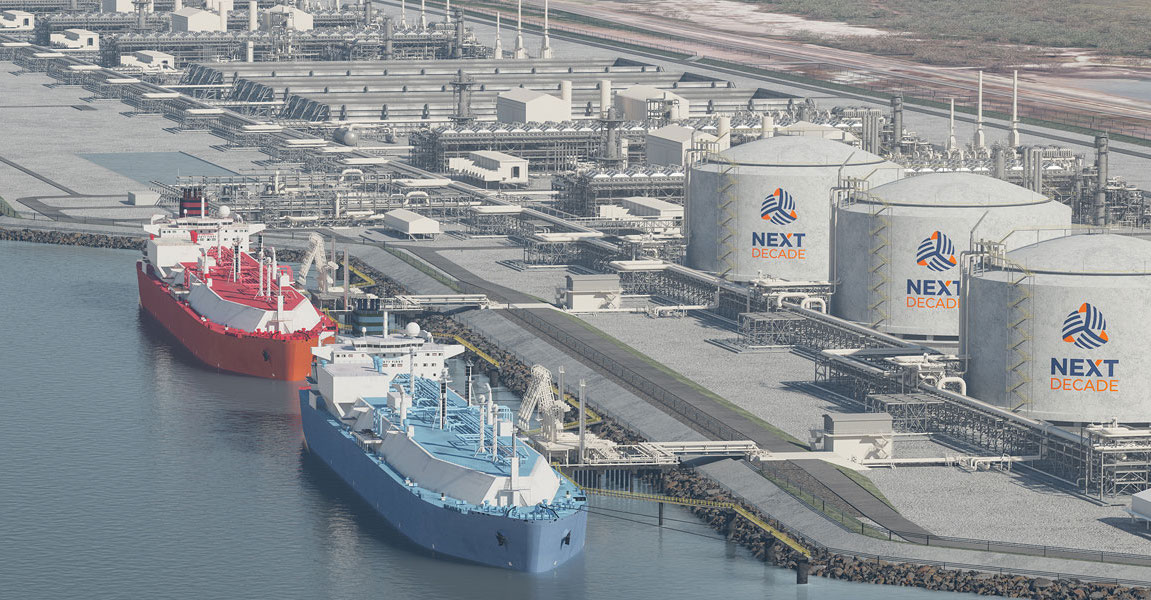
2. Rio Grande LNG – North America.
Located in Brownsville, Texas, this project set out to produce the greenest LNG in the world with a production rate of 27 million tpy. Rio Grande LNG aims to reduce the CO2 emission by over 90% via carbon capture and storage and partnered with a Colorado company to measure and report the GHG intensity of the LNG to be produced. The project is aiming to begin its commercial operation in 2023.
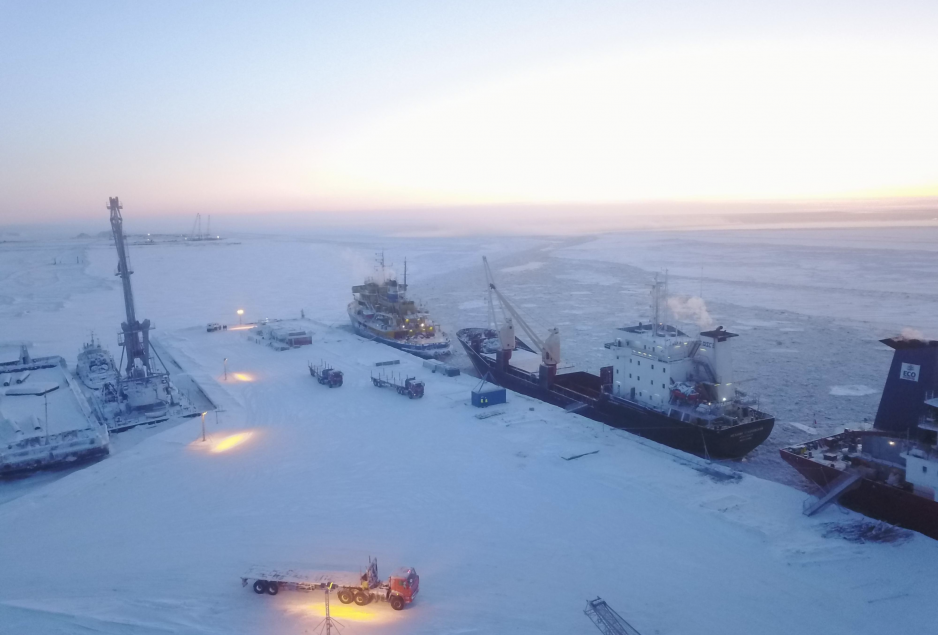
3. Arctic LNG 2 – Russia.
Novatek’s premiere project, tapping into the Utrenneye onshore field, is projected to run the first train by 2023 and move to full production of 19.8 million tpy by 2025. The project utilises cutting-edge technologies, like Novatek’s patented Arctic Cascade- but also makes use of the local conditions, minimising the energy consumption for gas liquefication processes thanks to the location. This project’s significance is further emphasised by Novatek’s plans to have the Northern Sea Route moving into year-round operation in 2023 - 2024, making trans-arctic LNG shipping fully viable.

4. Mozambique LNG – Africa.
Alongside the capacity expansion in Nigeria and offshore projects in Mauritania and Senegal, the Mozambique project holds the potential to make Africa one of the leaders of LNG export, accounting for the needs of the development of domestic production in West African countries. The location of the project allows to supply a variety of geographic locations, including flexible access to Europe – currently projected a growing strategic market. With the production capacity of 18 million tpy, and a proposed later expansion to 50 million tpy, the project is on track to begin production in 2024.
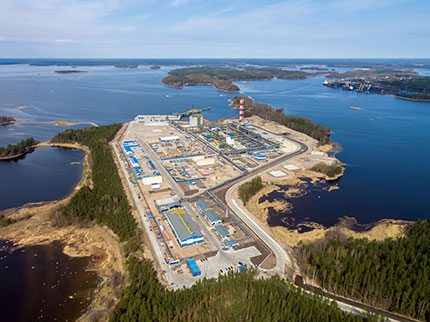
5. Gazprom LNG terminals – Russia.
With Gazprom’s intent to supply approximately 15% of the global LNG market by 2030, and following the successful operation of the Cyrogas-Vysotsk project, the construction of Vladivostok LNG and Chernomorsky LNG became one of the crucial steps to the company’s goal. Aiming for commercial production of 1.5 million tpy, the projects’ main focus is high-value LNG spot sales, such as ship bunkering and small scale LNG deliveries, to target locations with limited or no access to pipeline gas. The projects are expected to become operational in 2025.
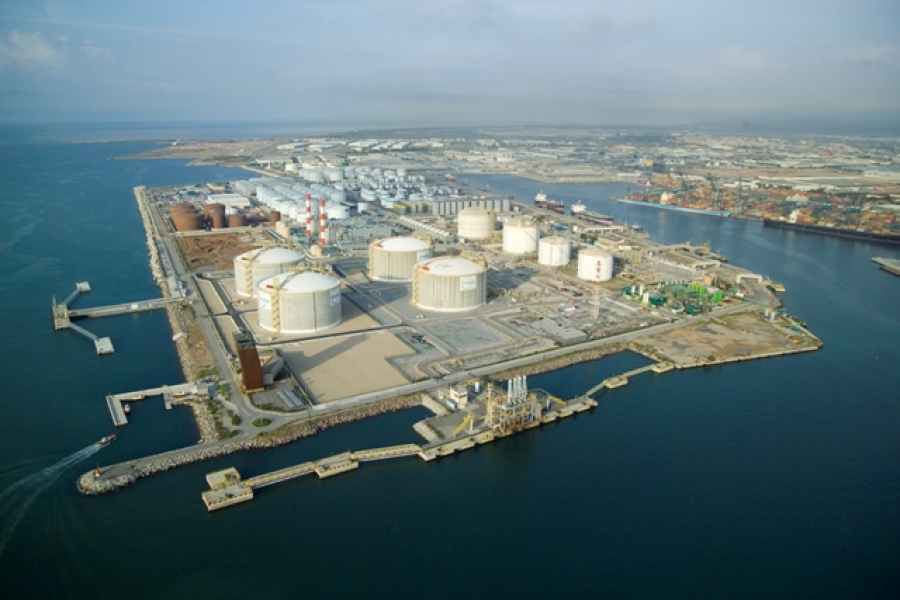
6. Arinaga LNG Terminal – Spain.
Spain is the largest LNG importer in Europe, accounting for almost a third of Europe’s LNG import capacity (15.37 million t in 2020). That is set to increase further, as Enagás is working on the Gran Canaria island LNG Terminal project. The Arinaga LNG Terminal was designed with the aim of displacing fuel oil in power generation on the gas-free island of Gran Canaria. Arinaga LNG Terminal is expected to become operational in 2027, with a capacity of 1 million tpy.
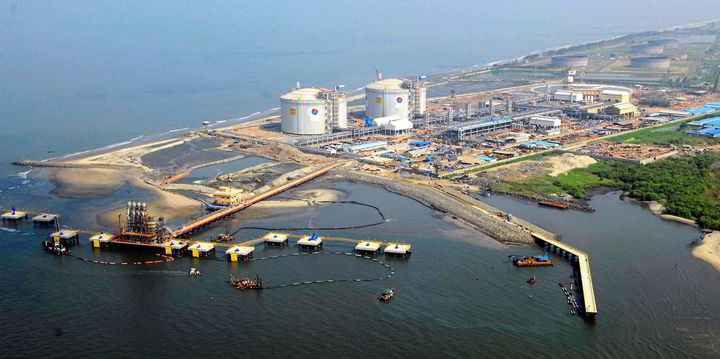
7. Kakinada GBS Floating terminal – India.
India is poised to be the second-highest among LNG regasification capacity additions in Asia between 2021 and 2025, and over 3000 billion ft3 of LNG capacity terminals are planned to be built. Among them, the Kakinada GBS Floating terminal is the largest – with a capacity of 351 billion ft3. The offshore terminal is based in a location exposed to monsoon seasons, leading to the utilisation of seabed-set GBS to achieve a 365-day operational window of the terminal. The project is expected to become operational in 2024.
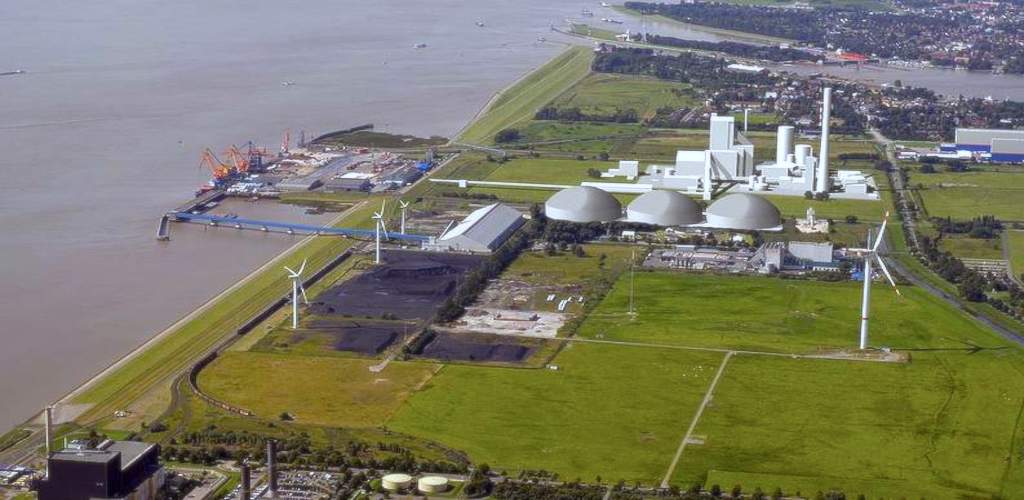
8. German LNG Terminal – Germany.
Germany’s domestic natural gas consumption is sourced with over 90% import, but until recently, the country lacked any LNG terminal projects. Originating in the desire to diversify its natural gas imports, and connecting to the existing natural gas grid, the Brunsbüttel (German) LNG Terminal promises Germany an operational capacity of 5.1 million tpy. Brunsbüttel LNG Terminal is expected to become operational in 2023.

9. Hrvatska LNG – Croatia.
Starting its operations in 2021, the Krk island LNG Terminal gave a breath of fresh air to Central and Eastern European infrastructure projects. Granting security of supply necessary for the economic development of Croatia, it also supplied more of Europe with the new sources of LNG. With the full storage capacity of 2 million tpy booked until 2024, and 84% booked until 2027, the Krk Island Terminal indicates the significant demand for LNG in the region.
Despite this year’s volatility, LNG continues to be an exciting and growing segment that plays a significant role in meeting the world’s need for reliable, low-carbon, and low-cost energy. The rapid development of LNG projects shows that the future of LNG remains strong and competitive in the long-term.